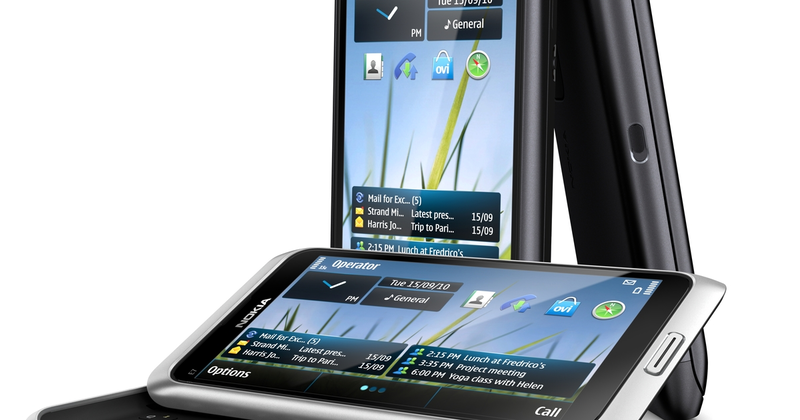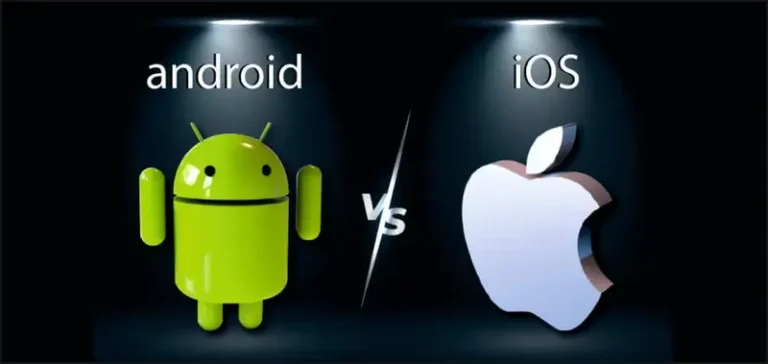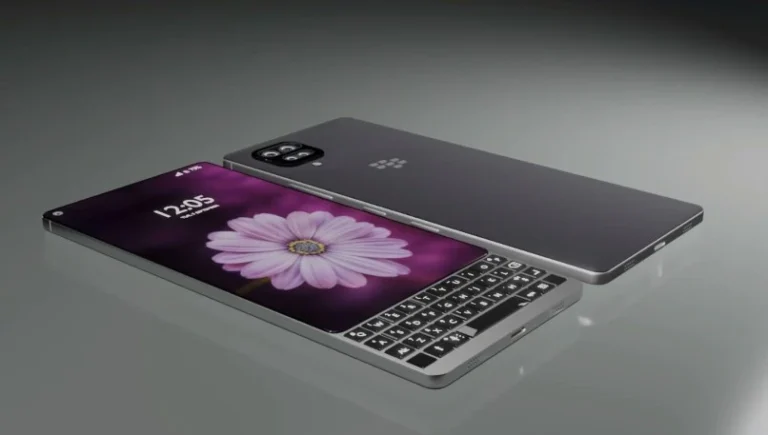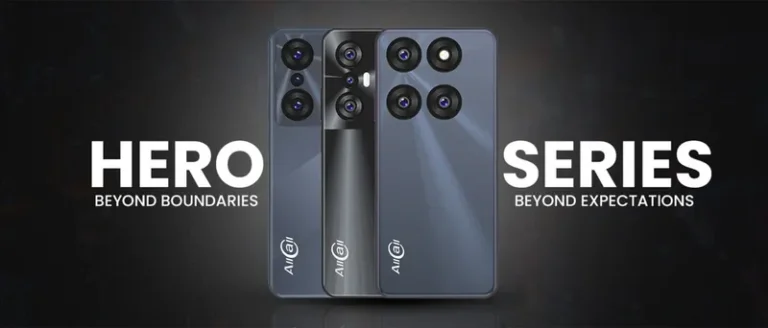Quick Links
Rise of Nokia Keypad Phones
In this world of ever-changing mobile technology few stories seem as persuasive as that of transition from its iconic keypad phones into amazing cutting-edge touchscreen devices. Set deep into innovation, adaptation, and resilience, this journey is a classic example not only of the evolution of a brand but, indeed, of the entire mobile industry. As we have entered the year 2024, there can’t be a better time to go back and revisit Nokia’s remarkable transformation from physical keypads to touchscreen technology, exploring how such a revolution shaped the mobile communication landscape.
One would think that the answer to the word would be mobile phones; during the late 1990s and early 2000s, this was the case. Much of the success of this company was based on the strong position of the company’s reliable and user-friendly keypad phones. People absolutely adored the 3210, 3310, and 6600 because they were durable, simple, and had a very long battery life. The keypad phones were such that they had a keypad for ease in typing messages, dialing numbers, and skipping through menus.
Keypad
In many ways, keypad phones have made hits among users. Their first key point is that it was robustly made with good build quality, so it is very reliable to use for one’s daily use. The physical keys possessed a clicking and tactility function with a nice click and feel that was so gratifying to use. Besides, Nokia’s smart, intuitive software and user ability made it very straightforward for even the less tech-savvy person to be able to know how to use the phones.
Features and Innovations
Whereas keypad phones were very feature-dense for the time that they were released, some like the famous Nokia 3310 brought the universe Snake—a cultural phenomena. The batteries on these phones also lasted quite a while—close to several days. Some of the basics of these phones included being able to send messages and receiving FM radio waves.
When was Nokia touch screen invented?
The Nokia 7710 is a mobile phone developed by Nokia and announced on 2 November 2004. It was the first Nokia device with a touchscreen 4 years ahead of Nokia 5800 Xpress Music and first Nokia branded device with 2:1 aspect ratio display 14 years ahead of Nokia 7 Plus.
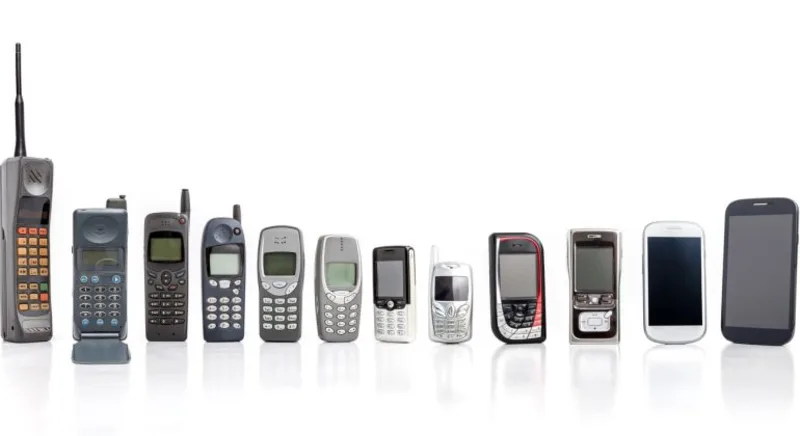
The mobile phone universe started to get its final shape and form with the unfolding of the new millennium. Touchscreen technology was a revolution from the conventional keypads. Touchscreens revealed a totally new dimension in interaction with the device, as they provided versatile and active interfacing to the user. Nokia, being a forerunner in the industry, did not trail in adopting this technology as well.
Early Attempts at Touchscreen Technology
Starting from the first attempts at touchscreen technology, such as the 7710, released in 2004, designed a gadget with a 640 x 320 pixel touchscreen; a really impressive feature for that generation. Though this would have provided an exciting novelty with touchscreen operation, the technology was still in its infancy, and most users were used to pressing real keypads.
Challenges and Adaptations in Nokia Transition
While changing over from keypads to touchscreens was no cakewalk for Nokia, it had to adopt new technologies, revise its design philosophy, and take seriously the growing competition brought about by other smartphone manufacturers.
Adopting New Technology
It was quick enough for to respond to this touchscreen revolution. 5800 XpressMusic was the first major touchscreen device by the company released in 2008. Of course, it sported a 3.2-inch resistive touchscreen; it was innovative, but not responsive like the capacitive touchscreens seen on the iPhone.
First efforts to compete with the iPhone and Android-based devices were focused on making its Symbian operating system perfect. However, Symbian’s weaknesses started gradually to reveal themselves as the smartphone market was evolving. At this moment-in 2011, precisely-Nokia took a strategic decision: to team up with Microsoft and load its smartphones with the Windows Phone operating system. The Nokia Lumia series, beginning with the 800, was a substantial effort towards the possibilities of touchscreen technology and modern smartphones.
Is Nokia Lumia still available?
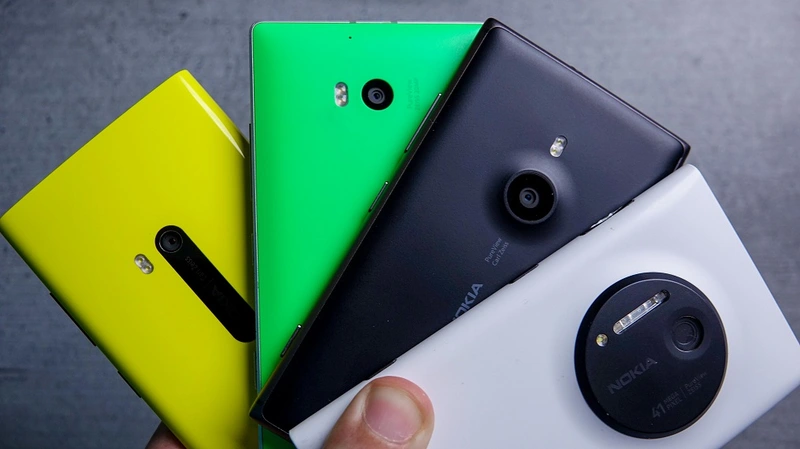
The Lumia series became the fulcrum along which touchscreen journey balanced. With beautiful hardware and a new kind of software experience, these phones would put them head-on with iOS and Android.
Innovative Design
The Lumia series was known for its distinctive design, colorful and radiant, and a slick unibody build. The revolutionary displays in the Lumia 800 and Lumia 900 that were built using AMOLED brought advanced and unparalleled quality features into the configuration of Nokia mobile devices. It didn’t stop at touchscreen technology but also ventured into incorporating and making the device functional with features surrounding high-quality cameras and advanced multimedia capabilities.
Camera Technology
Probably its most notable feature was the camera technology. Nokia strived to significantly upgrade the quality of cameras in the Lumia series and even launched the 41-megapixel PureView camera in Lumia 1020. It was meant to be a statement for Nokia regarding how it could push the limits of photography on mobile devices, using the touchscreen to enhance such options.
The following year, in 2014, Microsoft acquired the mobile business of and the Lumia brand passed into the twilight of being under its direct control. That was not the end of the road for Nokia, however. It further innovated in the mobile space and then returned to the smartphone business.
Return to Smartphones
Explain: Back in 2017, re-entered the market of smartphones through a brand name—HMD Global. Actually, this company acquired brand name rights of Nokia. New Nokia smartphones utilized Android, making them light years away from the Windows Phone age. Now, they could take advantage of the wide app ecosystem and customer base that Android already had.
Modern Touchscreen Devices
Whereby, in 2020s, will go full touch modern. Flagship to the cheaper alternatives from the same series, the models like X20, X30, etc., showcase the company’s devotion towards quality devices with competitive specifications. The seamless-ness in the touchscreens, the large display screens, advanced camera systems, and powerful performance created-can also be found in these phones.
What lesson was learned from Nokia failure?
With now becoming completely touchable, due credit should go to the keypad era of Nokia. It was this keypad era that became the foundation on which the brand was built and taught valuable lessons on which the company’s idea base is formed about their approach towards their mobile technology.
User Experience
With user experience benchmark being the one set for the world in tactile feedback and simplicity in keypad phones, both these intuitive design and reliability tenants have trickled down to its touchscreen devices. It remains committed to creating user-friendly interfaces so that even with advanced touchscreen technology, the devices remain accessible and easy to use.
Durability and Build Quality
The durability reputation earned by Nokia during the keypad era carried over into the present with its touchscreen devices. The latest phones that Nokia designs come with a solid build and endurance to last, a reflection of the company’s commitment to providing reliable products.
Future of Nokia’s Touchscreen Technology
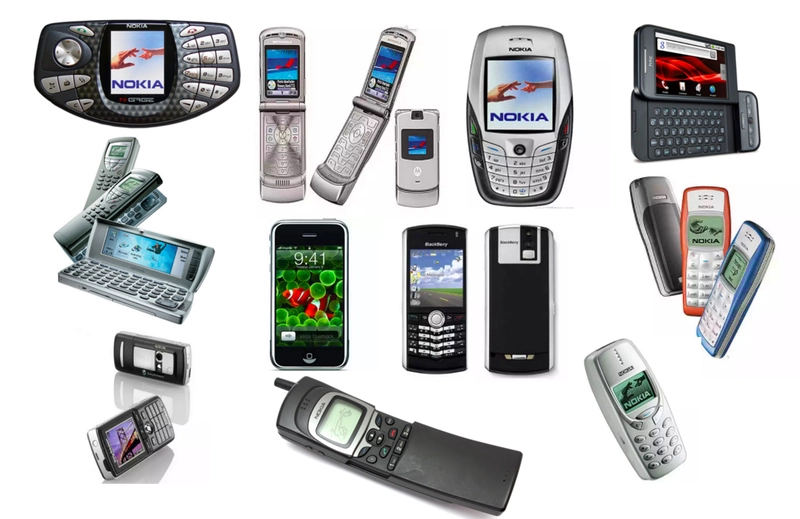
As 2024 wears on, the shift of from keypads to touchscreens is a transformation that takes in not just technological advancement but greater telling’s of change and modernization. The company continues to morph, and its future in the mobile world will likely be squeezed by a number of emerging trends.
5G and Beyond
It is committed to developing and deploying the next generation of wireless technology, 5G, which will be a transformative force in mobile devices. Integrating 5G into smartphones contributes to greater speeds, reduced latency, and opens new frontiers in connectivity and applications.
Sustainability and Innovation
It has also concentrated on sustainability by the manufacture of devices with minimal environmental impact. All these initiatives towards greener products and integrating sustainable operational practices fall under a larger milieu of environmental responsibility for the industry.
Foldable and Flexible Displays
The future of touchscreen technology may be foldable and flexible displays. Innovative Nokia will continue to embrace new form factors and technologies, which means providing users with even more versatile and up-to-date devices.
The journey from keypad to touchscreen technology is a journey of adaptation to innovations and changing industry landscapes. From the iconic Nokia 3310 through to the X series, Nokia remains committed to pushing the boundaries of mobile technology while being mindful of its rich legacy. The story of continues; as a brand, it reinvents itself with the new technologies time and again, leading to an inspiration concerning how to successfully fill the challenges of technological transformation.
And whether you have been a Nokia fan for the longest time or you are just getting used to the brand, one thing is quite undeniable: the storms has been through in transition to touchscreen technology. It is a reminder that innovation and the ability to change will continue to shape the future in many ways. Moving forward, it is sure that Nokia will further play a very important part in how the world of mobile communication will continue to scale through changes.
Visit Or Follow for more blogs on new latest mobile Technology visit Cell Zone or facebook.
